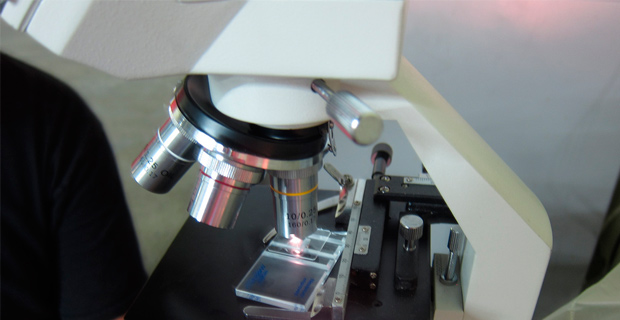Sarah Takushi
Liberty Voice
March 29, 2014
Geneticists have made a huge advance towards the creation of designer artificial organisms by synthesizing the first entire chromosome for yeast. This landmark study was published March 27,2014 in the prestigious journal Science. The ability to design and synthesize chromosomes for artificial life have the potential to alter the world’s energy economy and create innovative cures in medicine.

Chromosomes consist of tightly bound-up DNA and protein. The condensed and coiled configuration of the DNA helps to contain all of an organism’s genetic material within the nucleoid region of bacteria cells or the nucleus of eukaryotic cells (such as humans and yeasts). The tightness of this coiling also plays an important role in determining which of the contained genes get expressed. The synthesis of an artificial chromosome is an important intermediate step between creating an artificial gene and an artificial genome. A single chromosome may have thousands of genes on it. However in non-bacteria life-forms it takes multiple chromosomes to make up a genome. Human cells have 23 pairs of chromosomes. By contrast, yeast cells have only 16.
The Emergency Election Sale is now live! Get 30% to 60% off our most popular products today!


